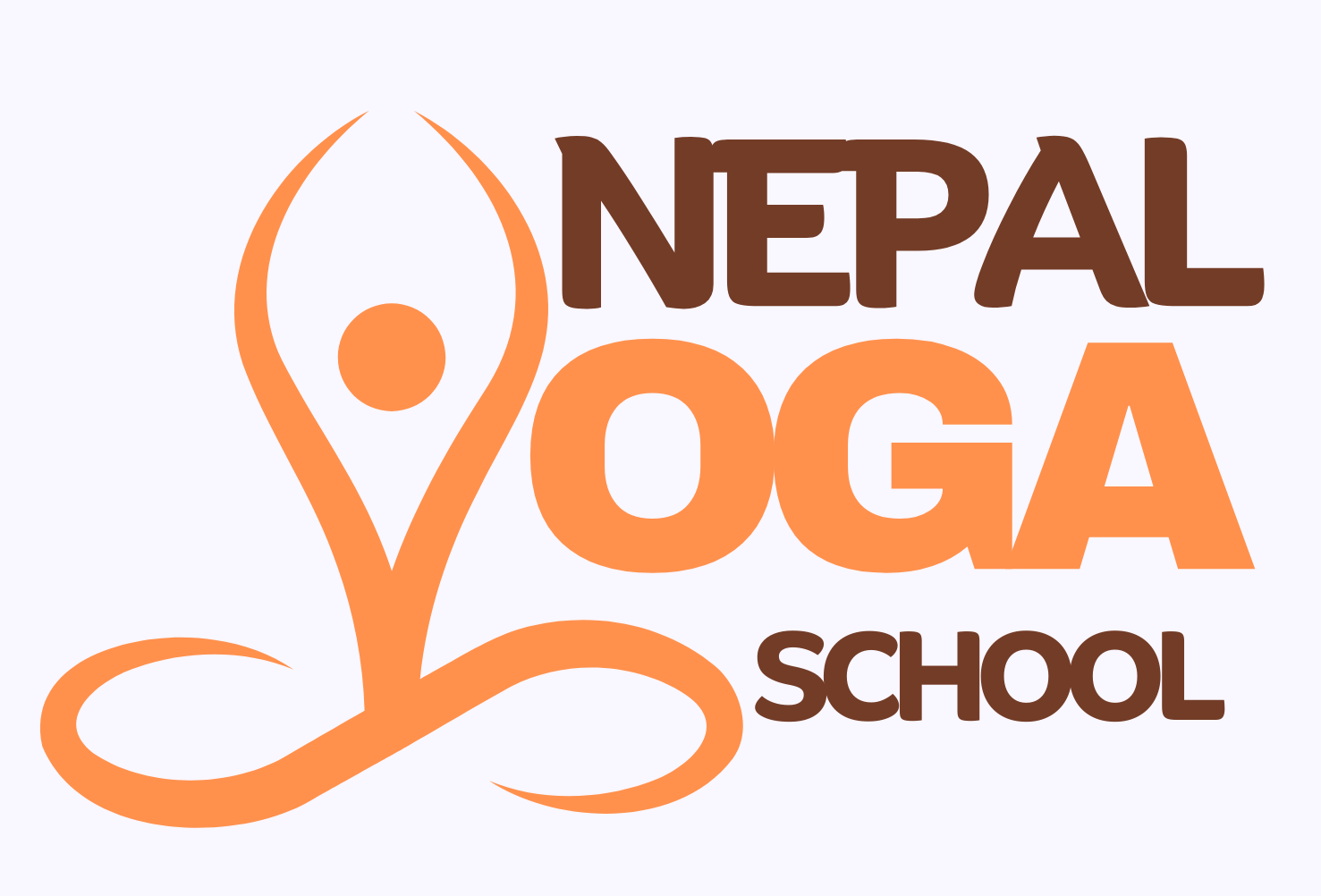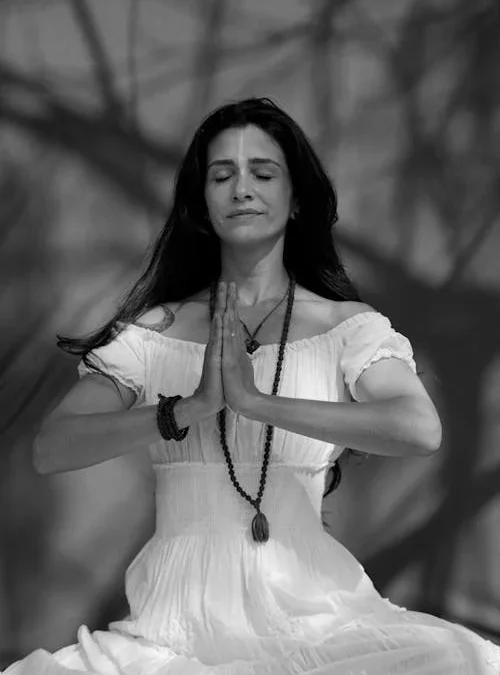Breath is the essence of life and plays a crucial role in the practice of yoga. Often referred to as pranayama, the art of controlling breath is a fundamental aspect of yoga that enhances the mind-body connection and deepens your practice. Understanding the importance of breath in yoga and mastering various breathing techniques can lead to better physical, mental, and spiritual well-being.
Understanding the Role of Breath in Yoga
In yoga, breath is more than just a physical function; it’s a powerful tool that influences your entire being. The importance of breath in yoga lies in its ability to connect the body and mind, allowing you to access deeper states of awareness and relaxation.
Breath serves as a bridge between the physical body and the mind, helping you stay present and focused during your practice. Proper breathing techniques facilitate the flow of energy (prana) throughout the body, enhancing vitality and balance. Conscious breathing helps regulate emotions, reduce stress, and promote a sense of calm and well-being.
The Science Behind Breath in Yoga
Scientific studies have shown that the importance of breath in yoga extends to various physiological and psychological benefits:
Stress Reduction: Deep breathing activates the parasympathetic nervous system, reducing stress and promoting relaxation.
Improved Oxygenation: Proper breathing enhances oxygen delivery to the body’s cells, improving overall health and vitality.
Enhanced Focus: Mindful breathing increases concentration and mental clarity, supporting meditation and mindfulness practices.
Key Breathing Techniques in Yoga
Mastering different breathing techniques can significantly enhance your yoga practice and overall well-being. Here are some essential pranayama techniques to explore:
1. Ujjayi Breath (Victorious Breath)
Ujjayi Breath is a calming and centering technique that involves gently constricting the throat to create a soothing sound.
Steps:
Inhale deeply through your nose, slightly constricting the back of your throat. Exhale slowly through your nose, maintaining the constriction to produce a soft ocean-like sound. Practice this breath during yoga poses to maintain focus and calmness.
Benefits:
It enhances concentration and mindfulness. One of its benefits is that it also reduces stress and anxiety. Regulates breath and energy flow.
2. Nadi Shodhana (Alternate Nostril Breathing)
Nadi Shodhana is a balancing technique that involves alternating breath between the nostrils, promoting harmony between the body and mind.
Steps:
Sit comfortably and close your eyes. Use your right thumb to close your right nostril and inhale through the left nostril. Close the left nostril with your right ring finger, then exhale through the right nostril. Inhale through the right nostril, close it, and exhale through the left nostril. Continue this pattern for several rounds.
Benefits:
Balances energy and emotions. Improves concentration and focus. Calms the mind and reduces stress
3. Kapalabhati (Skull Shining Breath)
Kapalabhati is an energizing technique that involves rapid, forceful exhalations followed by passive inhalations.
Steps:
Sit comfortably with your spine straight. Inhale deeply, then exhale forcefully through your nose, contracting your abdominal muscles. Allow the inhalation to happen naturally and passively. Repeat for several rounds, focusing on the rhythm and energy.
Benefits:
Increases energy and vitality. Cleanses and detoxifies the lungs. Enhances mental clarity and focus
4. Bhramari (Bee Breath)
Bhramari is a calming technique that involves producing a humming sound during exhalation, promoting relaxation and mindfulness.
Steps:
Sit comfortably and close your eyes. Inhale deeply through your nose. Exhale slowly while making a gentle humming sound, like a bee. Focus on the vibration and resonance in your head.
Benefits:
Reduces stress and anxiety. Promotes relaxation and mindfulness. Enhances concentration and focus
5. Sama Vritti (Equal Breathing)
Sama Vritti is a balancing technique that involves equalizing the length of inhalation and exhalation, promoting harmony and stability.
Steps:
Sit comfortably and close your eyes. Inhale deeply for a count of four, then exhale for the same count. Continue breathing with equal lengths, focusing on the rhythm and balance.
Benefits:
Balances energy and emotions. Enhances focus and concentration. Promotes relaxation and calmness.
The Importance of Breath in Yoga Practice
The importance of breath in yoga extends beyond the mat and into your daily life. By cultivating mindful breathing, you can experience a range of benefits that enhance your overall well-being:
Enhanced Physical Performance: Proper breathing techniques improve oxygenation and energy flow, enhancing physical performance and endurance.
Improved Mental Clarity: Mindful breathing increases focus, concentration, and mental clarity, supporting cognitive function and creativity.
Emotional Regulation: Conscious breathing helps regulate emotions, reduce stress, and promote a sense of calm and well-being.
Spiritual Growth: Breath serves as a gateway to deeper states of awareness and connection, supporting spiritual growth and self-discovery.
Integrating Breath into Your Yoga Practice
To fully experience the importance of breath in yoga, consider integrating mindful breathing into your practice:
Focus on Breath Awareness: Pay attention to your breath during poses, using it as an anchor for mindfulness and presence.
Coordinate Breath with Movement: Synchronize your breath with movement, allowing it to guide your transitions and flow.
Explore Pranayama Techniques: Experiment with different pranayama techniques to discover which resonates with you and enhances your practice.
Practice Mindful Breathing: Incorporate mindful breathing into your daily routine, using it as a tool for relaxation and self-awareness.
Conclusion
The importance of breath in yoga cannot be overstated. It is the key to unlocking the full potential of your practice and experiencing profound physical, mental, and spiritual benefits. By mastering various breathing techniques and cultivating breath awareness, you can deepen your connection with yourself and enhance your overall well-being.
Embrace the transformative power of breath in yoga and discover how it can lead to greater mindfulness, relaxation, and self-discovery. Whether you’re a beginner or an experienced practitioner, the journey of exploring breath is a lifelong path of growth and fulfillment.

